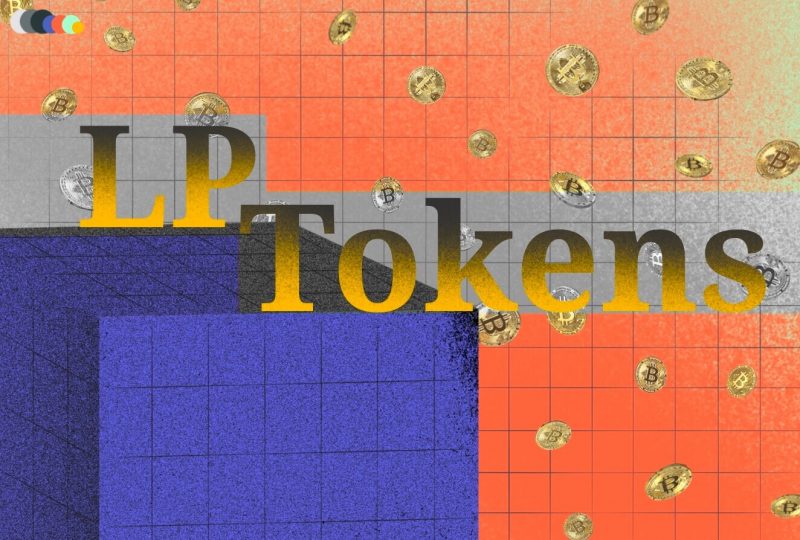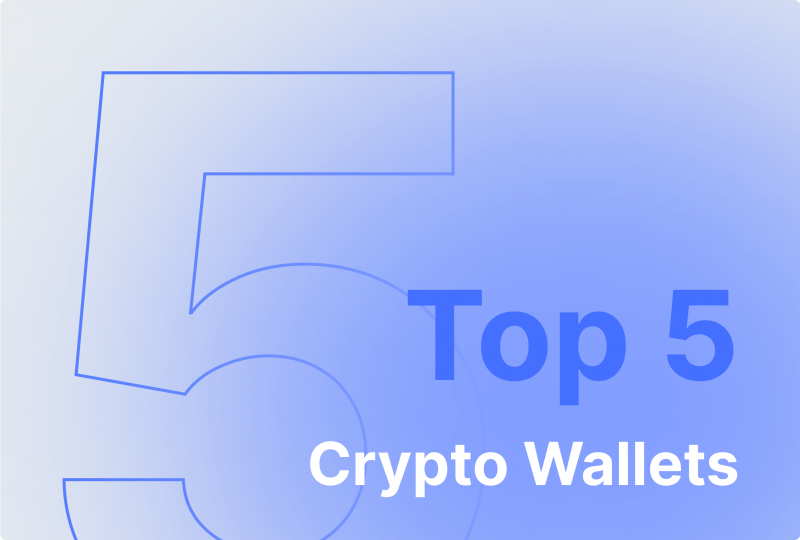How Liquidity Provider Tokens Work
Jan 14, 2022

In the absence of centralized market makers, it is vital to incentivize liquidity providers to participate in DeFi platforms. Numerous DeFi protocols make use of LP tokens, which are used to swap money for ownership of a pool that represents the proportion of a crypto liquidity provider in the pool. When the underlying liquidity is not strictly regulated, LP tokens may be used for a number of purposes, including staking, yield farming, governance, lending, and the construction of interest-bearing financial products.
What is the definition of a Liquidity Provider?
A practice known in the industry as liquidity mining or market making is used by liquidity providers to stake their coins on decentralized exchanges in order to collect transaction fees. Oftentimes, these transaction fees are expressed in terms of interest rates, which fluctuate in reaction to a range of factors, including the amount of available liquidity and the number of transactions that are presently active in the liquidity pool, at the moment the transaction is completed. It is possible to generate an accurate prediction about your projected return based on the number of transactions and the quantity of liquidity that has been put in the pool.
What Are LP Tokens and How Do They Work?

Every new DEX built on the Automated Market Maker System must include LP tokens, or liquidity provider tokens. They assure that no AMMs are left in circulation. That is why you don’t necessarily have to give up control of your crypto assets in order to use LP tokens. A distributed system, in general, may benefit from the fairness and decentralization provided by LP tokens’ automated operations. Token liquidity providers may offer up additional trading and access opportunities for DeFi tokens as a result of their introduction into the market. Data custody isn’t a concern for AMM systems, which makes them an ideal fit for the DeFi ecosystem.
Liquidity provider tokens might be easier to understand if you keep in mind that you are in charge. To compensate liquidity providers, the assets of liquidity pools are exchanged for LP tokens. As long as they issue tokens, liquidity providers retain ownership of those tokens throughout the whole process. In addition, an independent code of conduct aids in the administration of the liquidity pool, which should not be overlooked. By removing the need for any user participation, liquidity pools ensure fairness. LP tokens also indicate the liquidity provider’s share in a certain money pool. It’s also crucial to note that liquidity providers have full ownership of their LP tokens and aren’t subject to any constraints.
LP Tokens Enhancing DeFi Liquidity
In the decentralized finance sector, the idea of liquidity is essential. As the name suggests, it’s an easy way to swap one asset for another without significantly affecting the value of either one. Traditional finance considers cash to be the most liquid asset since it can be exchanged for a wide range of assets, including gold, equities, bonds, and more, in a short amount of time. The process of converting fiat money to cryptocurrency is not as straightforward as it may first seem. BTC has become the most liquid crypto asset due to the fact that it is accepted and traded on almost every central exchange. In the DeFi ecosystem, which is based on the Ethereum network, ether is the most liquid currency since it is the original asset and is accepted and traded on every decentralized exchange. In the DeFi ecosystem, ether is the most liquid currency due to its status as Ethereum’s initial asset, which is accepted and traded on all DEXs.
Using LP Tokens for Yield Farming
The use of LPs in DeFi systems allows yield farming capabilities to be implemented. Liquidity providers are critical components of the DeFi ecosystem, and understanding how they operate sheds insight on LP tokens. LP tokens, regardless of their designations on other platforms, serve as mathematical proof of your contributions to a DeFi liquidity pool.
When you examine how LP tokens work in detail, you’ll see that yield farming and LP tokens have a lot in common. Yield farming is the practice of depositing tokens in many DeFi networks in order to boost stakeholder income. Profit maximization is possible by transferring tokens across several protocols. The combination of LP tokens and yield farming, on the other hand, is gaining momentum. DAI tokens may be used to farm for Curve CRV tokens. LP tokens may let you earn revenue from your liquidity via transaction fees and farm income.
Wondering how these solutions can boost your business?
Leave a request, and let our experienced team guide you towards unparalleled success and growth.




